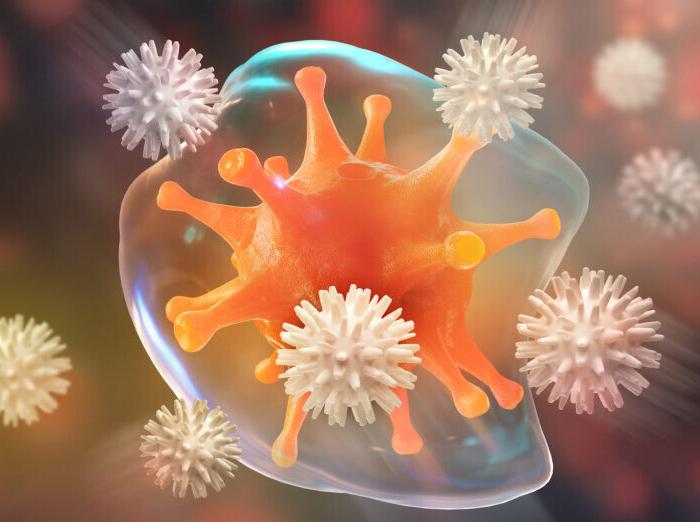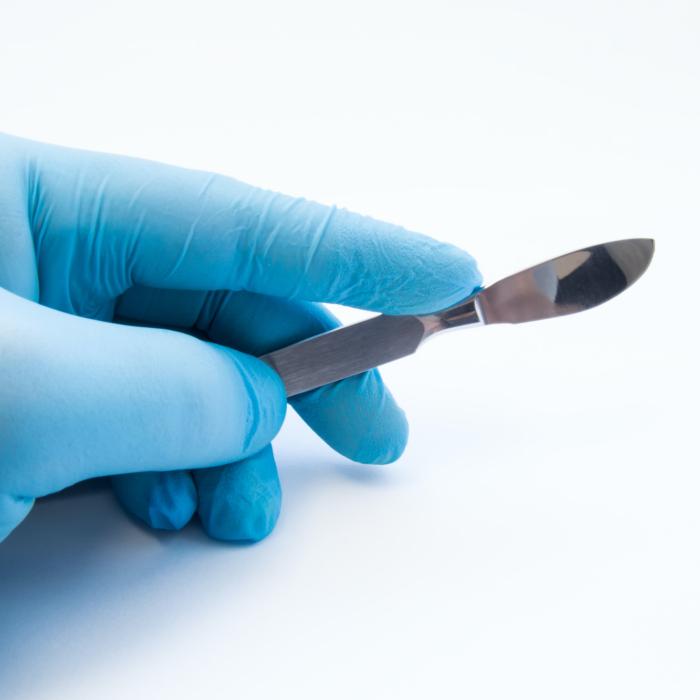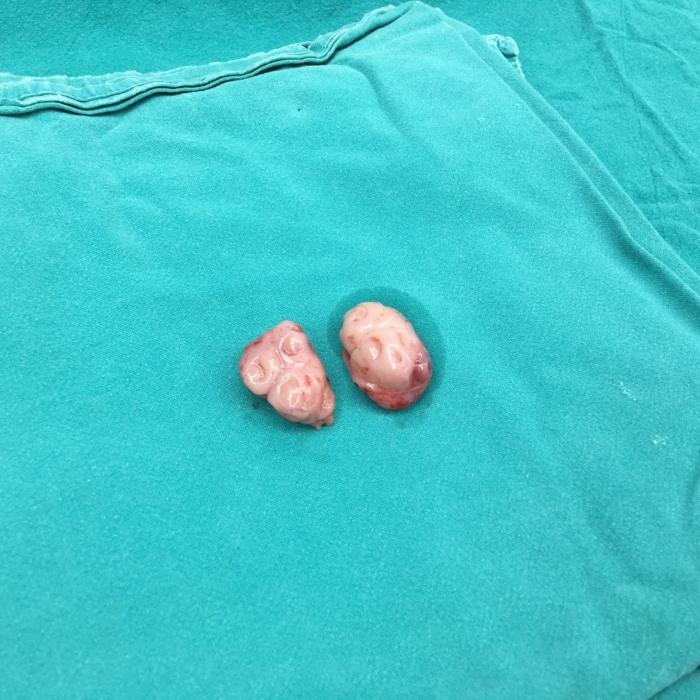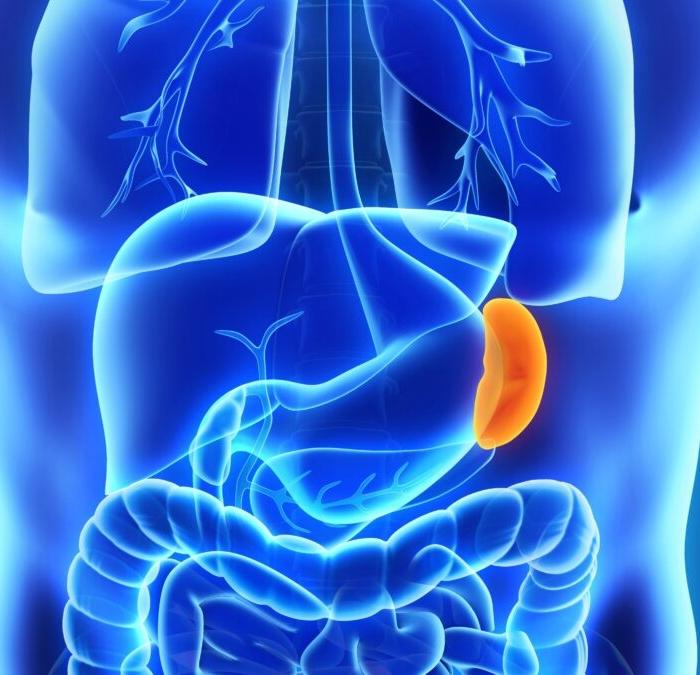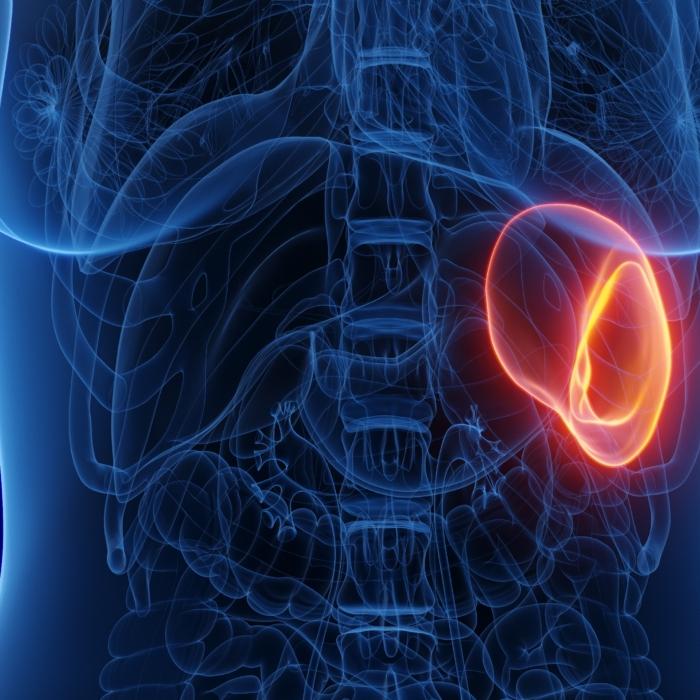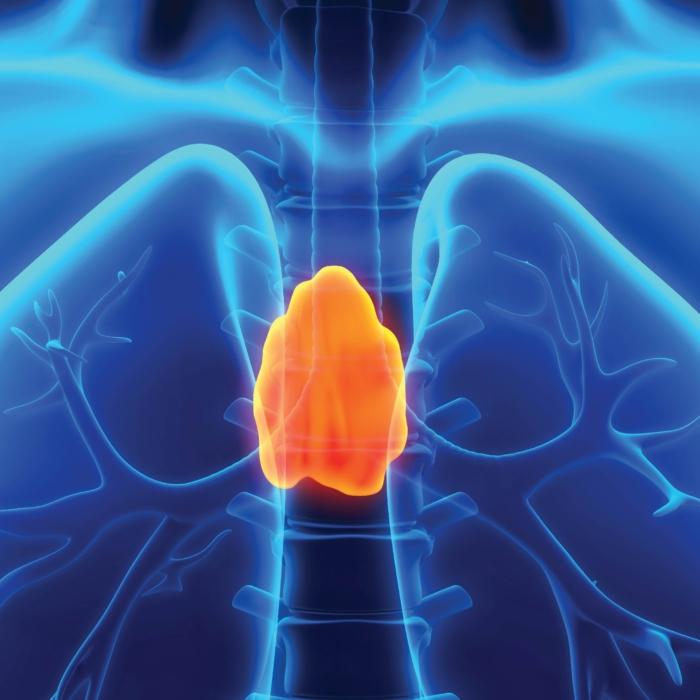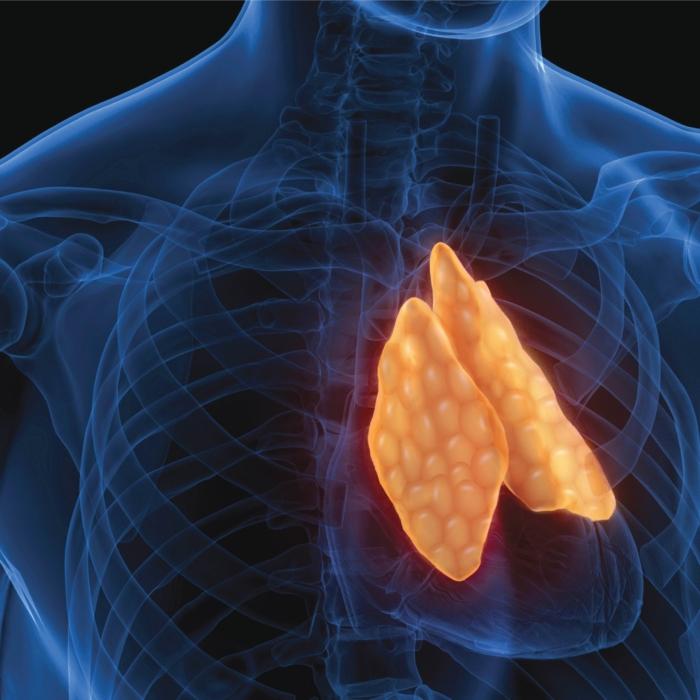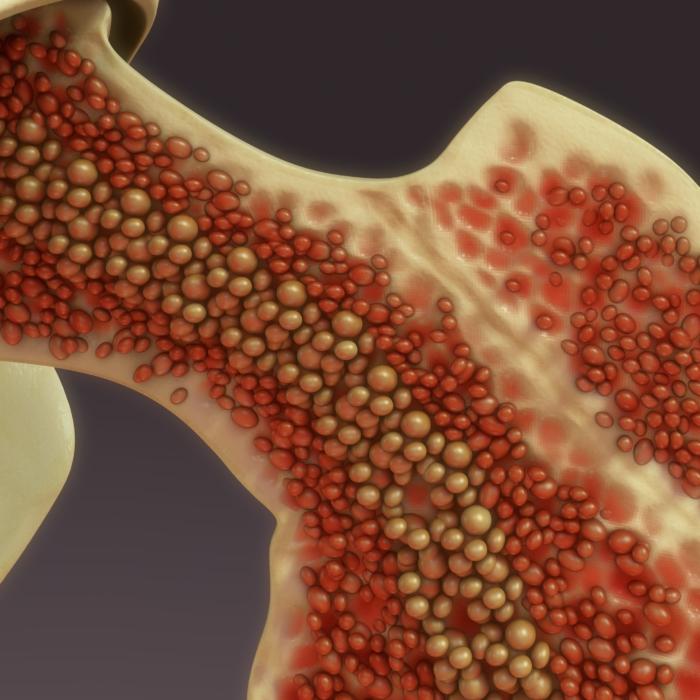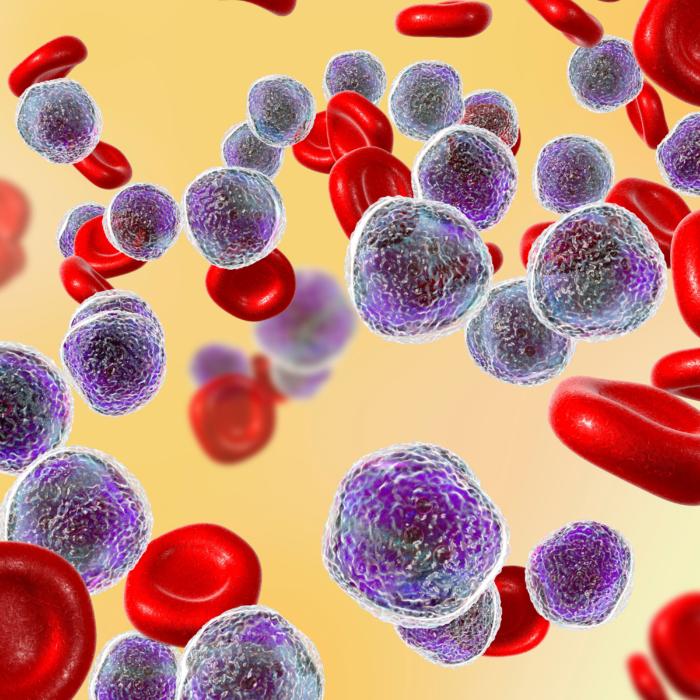Summary of Key Facts
- Tonsillectomy is often a treatment for severe tonsillitis with enlarged tonsils.
- A 2018 JAMA study of almost 1.2 million children reported that removing the adenoid or tonsils in childhood was associated with a significantly increased relative risk of later respiratory, allergic, and infectious diseases. Increases in long-term absolute disease risks were considerably larger than improvements in the disorders these surgeries aimed to treat.
- A Taiwan national cohort study showed that patients with a history of tonsillectomy had a risk of deep neck infection 1.71 times greater than others.
- A Canadian study suggests a strong association between a history of adenotonsillectomy and the development of retropharyngeal or parapharyngeal abscesses.
- Cumulative evidence of long-term associated risks of infection has proven the irrefutable role of tonsils in our immunity. The mechanism of increased infection relates to various functions of the tonsils in the immune system.
When Is Tonsillectomy Considered?
Although the tonsils, particularly the adenoid at the upper part, serve as a front line of defense against infection, their role often isn’t adequately recognized.The tonsils and the adenoid normally shrink with age, being at their largest in children and absent in adults, suggesting that their absence might not affect adult health. However, their activity in early life is essential for normal immune system development and long-term immune function.
When the tonsils are in an intense battle with invading pathogens and don’t get enough support, they may become inflamed and appear larger. As a consequence, these severely enlarged tonsils may cause difficulty swallowing and can obstruct breathing. Since recurrent throat infections and sleep-disordered breathing can significantly affect a child’s health and quality of life, these two factors are common determinants for recommending a tonsillectomy.
In some instances, the adenoid may also be removed through a surgical procedure called adenoidectomy. Generally, physicians recommend the removal of both the tonsils and the adenoid.
Tonsillectomy: Beneficial or Not?
Will removing the tonsils or adenoid successfully treat illnesses such as recurrent throat infections or obstructive sleep apnea in the long term?Not necessarily.
The swelling is primarily caused by a buildup of lymph fluid containing viruses, germs, and increased immune cells. Swollen tonsils indicate that too many “soldier” immune cells are injured, suggesting a significant battle between viruses and the immune system. Accordingly, the root cause of tonsillitis is weakened immunity, making it difficult for our body to overcome viruses when more support is needed.
If the tonsils or the adenoid are removed without addressing the underlying cause of the infection—a weakened immunity—relief may be only temporary. The absence of tonsillitis doesn’t mean the viruses or germs are gone, but rather that the guardians are.
In the long term, removing our tonsils leads to the absence of the body’s major first line of defense against viruses and bacteria, leaving us vulnerable to a host of other problems.
Short-Term Benefits, Long-Term Risks
A 2017 meta-analysis in the journal Pediatrics analyzed illness rates and quality of life for children with recurrent throat infections who had a tonsillectomy versus those instead subjected to “watchful waiting.”The researchers at Vanderbilt University found that although the benefits of reduced throat infections were evident within a year of tonsillectomy, they didn’t last any longer.
Despite being viewed as a relatively insignificant surgery, tonsillectomy in children poses a significant risk of complications such as bleeding, respiratory difficulties, burns, nausea, vomiting, pain and, in severe cases, even death.
Large JAMA Study Revealed Long-Term Risks
A research paper published in JAMA Otolaryngology in 2018 reported the long-term relative risk for 28 diseases after removing tonsils or the adenoid. The study had surprisingly shown that children with their tonsils, adenoid, or both removed before age 9 were at significantly increased risk for a broad range of diseases as they grew older.The study followed a large cohort of more than 1.18 million Danish children for 10 to 30 years. Of the children analyzed, 17,460 received adenoidectomy, 11,830 underwent tonsillectomy, and 31,377 had both removed; a group of 1,157,684 children composed the control group.
Furthermore, adenoidectomy was associated with twice the risk of chronic obstructive pulmonary disorder and nearly double the relative risk of upper respiratory tract diseases and conjunctivitis. Additionally, adenotonsillectomy was associated with a 17 percent increased risk of infectious disease.

This highlights the importance of the adenoid and tonsils for normal immune system development and suggests that removal early in life may slightly but significantly disrupt many processes important for health later in life. The authors concluded that it’s important to consider long-term risks when considering tonsillectomy or adenoidectomy.
Increased Risk of Deep Neck Infection
A retrospective, nationwide cohort study using data from the Taiwan National Health Insurance Claims database, which covered more than 98 percent of the population and medical institutions, identified that the risk of deep neck infection is significantly increased among patients who have undergone a tonsillectomy.A total of 9,915 tonsillectomized patients and 99,150 comparison cohorts between 2001 and 2009 were enrolled in this study. Deep neck infections in the study included abscesses of the throat and neck and cellulitis.
After accounting for confounding factors, those with a history of tonsillectomy had a 1.71-fold higher risk of deep neck infection, according to both statistical models.

Increased Risk of Throat and Neck Abscess: Canadian Study
A Canadian study found that children who had undergone an adenotonsillectomy were more likely to develop a retropharyngeal or parapharyngeal abscess—a buildup of pus in the throat or neck region.The study examined 180 children with these abscesses and 180 age-matched children without abscesses. Results showed that 13.9 percent of children with an abscess had previously had an adenotonsillectomy, six times more than the 2.2 percent of children in the control group.
Mechanism of Increased Risk of Infection
Why is removing the tonsils and the adenoid linked with a greater risk of respiratory diseases and infections?Removing the tonsils can impair the detection of the virus or germs, decrease mucosal antibody levels, decrease other protective peptides, alter the expression of host defense peptides, alter innate immunity, and increase susceptibility to viral and bacterial infections.
Natural Herbs Help Heal After Tonsillectomy
If you’ve had your tonsils removed or want to give your immune system some support, there are many herbs that can help. These herbs have antioxidant, anti-inflammatory, immuno-modulatory, analgesic, antiviral, antitussive, antimicrobial, bronchodilating, mast cell stabilization, anti-allergic, antihistaminic, and smooth muscle relaxant effects.- 56 alleviated colds, including mint, mango, Shakama plum, larger tinsel flower, lavender, ginger, spearmint, and wild tamarind.
- 53 alleviated pneumonia, including pumpkin, gardenia and cape jasmine, star apple, Christmas berry, and small mahogany.
- 34 alleviated coughs, including mango, parsley, aloe, mint, guava, ginger, and spearmint.
- 29 alleviated chest pain and related conditions, including parsley, cowpea, and larger tinsel flower.
- 25 alleviated asthma, including mango, garlic, parsley, aloe, gardenia, and cape jasmine.
- 22 alleviated tuberculosis and spots in the lungs, including mango, parsley, aloe, and wild tamarind.
- 20 alleviated unspecified respiratory conditions, including Shakama plum and small mahogany.
- 13 alleviated influenza, including guava, ginger, golden everlasting, and wild tamarind.
- 12 alleviated bronchial problems, including wild grape, Shakama plum, and ginger bush.
- Seven alleviated shortness of breath, including Christmas berry and small mahogany.
- Five alleviated sore throat and infections, including star apple and small fig tree.
- One, pepper bark tree, alleviated sinus congestion.
◇ References:
Bohr C, Shermetaro C. Tonsillectomy and Adenoidectomy. [Updated 2022 Aug 19]. In: StatPearls [Internet]. Treasure Island (FL): StatPearls Publishing; 2023 Jan-. Available from: https://www.ncbi.nlm.nih.gov/books/NBK536942/Baugh, R. F., Archer, S. M., Mitchell, R. B., Rosenfeld, R. M., Amin, R., Burns, J. J., Darrow, D. H., Giordano, T., Litman, R. S., Li, K. K., Mannix, M. E., Schwartz, R. H., Setzen, G., Wald, E. R., Wall, E., Sandberg, G., Patel, M. M., & American Academy of Otolaryngology-Head and Neck Surgery Foundation (2011). Clinical practice guideline: tonsillectomy in children. Otolaryngology--head and neck surgery: official journal of American Academy of Otolaryngology-Head and Neck Surgery, 144(1 Suppl), S1–S30. https://doi.org/10.1177/0194599810389949
Morad, A., Sathe, N. A., Francis, D. O., McPheeters, M. L., & Chinnadurai, S. (2017). Tonsillectomy Versus Watchful Waiting for Recurrent Throat Infection: A Systematic Review. Pediatrics, 139(2), e20163490. https://doi.org/10.1542/peds.2016-3490
Chinnadurai, S., Jordan, A. K., Sathe, N. A., Fonnesbeck, C., McPheeters, M. L., & Francis, D. O. (2017). Tonsillectomy for Obstructive Sleep-Disordered Breathing: A Meta-analysis. Pediatrics, 139(2), e20163491. https://doi.org/10.1542/peds.2016-3491
Subramanyam, R., Varughese, A., Willging, J. P., & Sadhasivam, S. (2013). Future of pediatric tonsillectomy and perioperative outcomes. International journal of pediatric otorhinolaryngology, 77(2), 194–199. https://doi.org/10.1016/j.ijporl.2012.10.016
Byars SG, Stearns SC, Boomsma JJ. Association of Long-Term Risk of Respiratory, Allergic, and Infectious Diseases With Removal of Adenoids and Tonsils in Childhood. JAMA Otolaryngol Head Neck Surg. 2018;144(7):594–603. doi:10.1001/jamaoto.2018.0614
Thomas M, Bomar PA. Upper Respiratory Tract Infection. [Updated 2022 Jun 27]. In: StatPearls [Internet]. Treasure Island (FL): StatPearls Publishing; 2022 Jan-. Available from: https://www.ncbi.nlm.nih.gov/books/NBK532961/
COPD: Symptoms, Diagnosis, and Treatment. Accessed on March 14 2023: https://www.cdc.gov/copd/features/copd-symptoms-diagnosis-treatment.html
COPD Treatment. Accessed on March 14 2023: https://www.nhlbi.nih.gov/health/copd/treatment
Wang, Y. P., Wang, M. C., Lin, H. C., Lee, K. S., & Chou, P. (2015). Tonsillectomy and the risk for deep neck infection-a nationwide cohort study. PloS one, 10(4), e0117535. https://doi.org/10.1371/journal.pone.0117535
Duval, M., & Daniel, S. J. (2008). Retropharyngeal and parapharyngeal abscesses or phlegmons in children. Is there an association with adenotonsillectomy? International journal of pediatric otorhinolaryngology, 72(12), 1765–1769. https://doi.org/10.1016/j.ijporl.2008.07.007
Hanson, M. A., & Gluckman, P. D. (2008). Developmental origins of health and disease: new insights. Basic & clinical pharmacology & toxicology, 102(2), 90–93. https://doi.org/10.1111/j.1742-7843.2007.00186.x
Radman M, Ferdousi A, Khorramdel Azad H, Jalali P. Long-term impacts of tonsillectomy on children’s immune functions. J Family Med Prim Care. 2020 Mar 26;9(3):1483-1487. doi: 10.4103/jfmpc.jfmpc_935_19
Cantani, A., Bellioni, P., Salvinelli, F., & Businco, L. (1986). Serum immunoglobulins and secretory IgA deficiency in tonsillectomies children. Annals of allergy, 57(6), 413–416.
Radman, M., Ferdousi, A., Khorramdelazad, H., & Jalali, P. (2020). Long-term impacts of tonsillectomy on children’s immune functions. Journal of family medicine and primary care, 9(3), 1483–1487. https://doi.org/10.4103/jfmpc.jfmpc_935_19
Andreu-Ballester, J. C., Pérez-Griera, J., Ballester, F., Colomer-Rubio, E., Ortiz-Tarín, I., & Peñarroja Otero, C. (2007). Secretory immunoglobulin A (sIgA) deficiency in serum of patients with GALTectomy (appendectomy and tonsillectomy). Clinical immunology (Orlando, Fla.), 123(3), 289–297. https://doi.org/10.1016/j.clim.2007.02.004
Rodríguez, A., Tjärnlund, A., Ivanji, J., Singh, M., García, I., Williams, A., Marsh, P. D., Troye-Blomberg, M., & Fernández, C. (2005). Role of IgA in the defense against respiratory infections IgA deficient mice exhibited increased susceptibility to intranasal infection with Mycobacterium bovis BCG. Vaccine, 23(20), 2565–2572. https://doi.org/10.1016/j.vaccine.2004.11.032
Rodríguez, A., Rottenberg, M., Tjärnlund, A., & Fernández, C. (2006). Immunoglobulin A and CD8 T-cell mucosal immune defenses protect against intranasal infection with Chlamydia pneumoniae. Scandinavian journal of immunology, 63(3), 177–183. https://doi.org/10.1111/j.1365-3083.2006.01725.x
Choi, K. Y., Chow, L. N., & Mookherjee, N. (2012). Cationic host defense peptides: multifaceted role in immune modulation and inflammation. Journal of Innate Immunity, 4(4), 361–370. https://doi.org/10.1159/000336630
Kościuczuk, E. M., Lisowski, P., Jarczak, J., Strzałkowska, N., Jóźwik, A., Horbańczuk, J., Krzyżewski, J., Zwierzchowski, L., & Bagnicka, E. (2012). Cathelicidins: family of antimicrobial peptides. A review. Molecular biology reports, 39(12), 10957–10970. https://doi.org/10.1007/s11033-012-1997-x
Moreno, P. M., Sanchez, M., Sainz, M., & Gutierrez, F. (1992). Changes in Immunological Response in Tonsillectomized Children. II. Decreased cellular response. Clinical otolaryngology and allied sciences, 17(5), 380–382. https://doi.org/10.1111/j.1365-2273.1992.tb01678.x
Nyagumbo, E., Pote, W., Shopo, B., Nyirenda, T., Chagonda, I., Mapaya, R. J., Maunganidze, F., Mavengere, W. N., Mawere, C., Mutasa, I., Kademeteme, E., Maroyi, A., Taderera, T., & Bhebhe, M. (2022). Medicinal plants used for the management of respiratory diseases in Zimbabwe: Review and perspectives potential management of COVID-19. Physics and chemistry of the earth (2002), 128, 103232. https://doi.org/10.1016/j.pce.2022.103232


